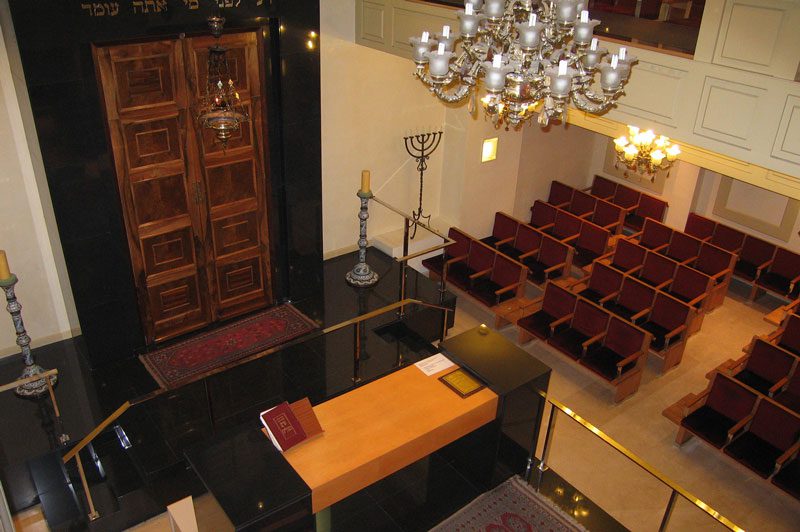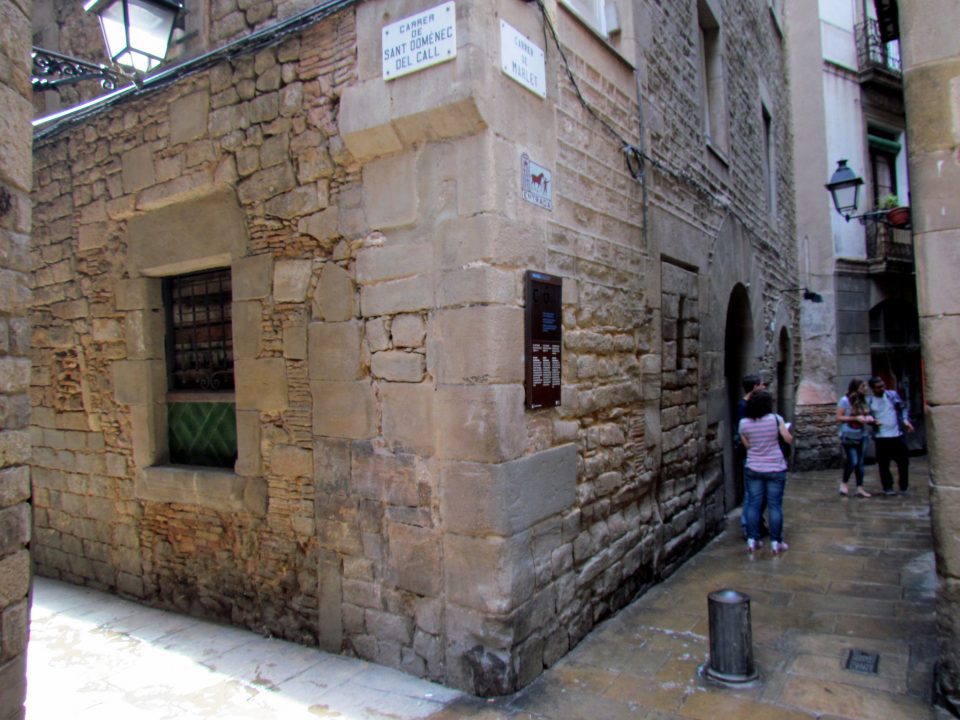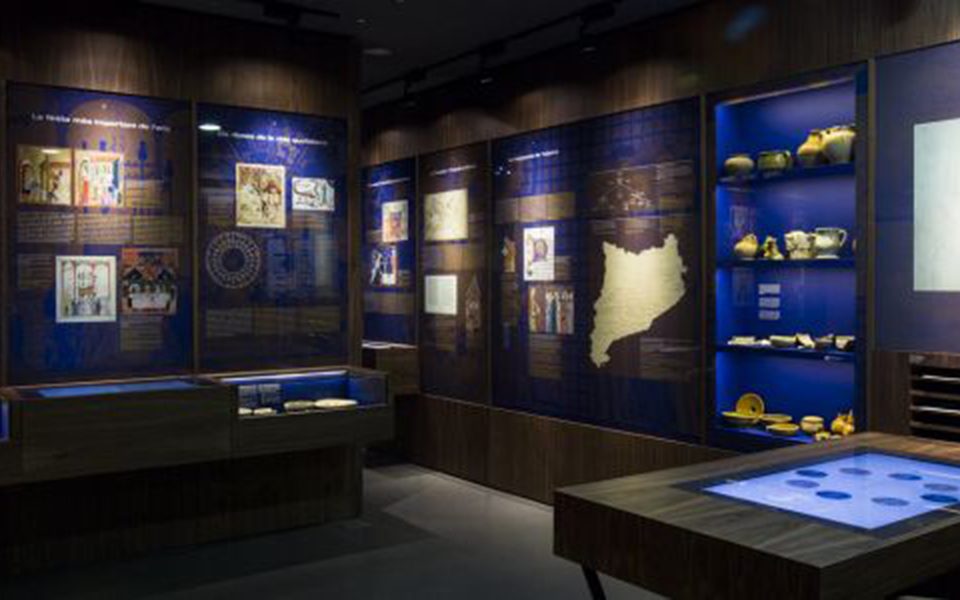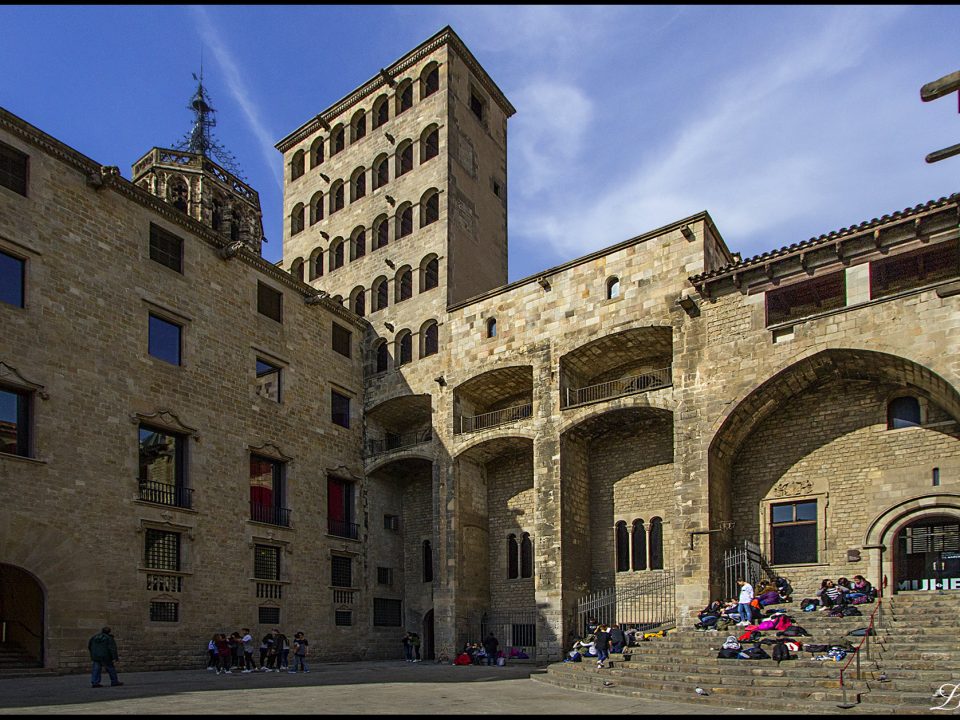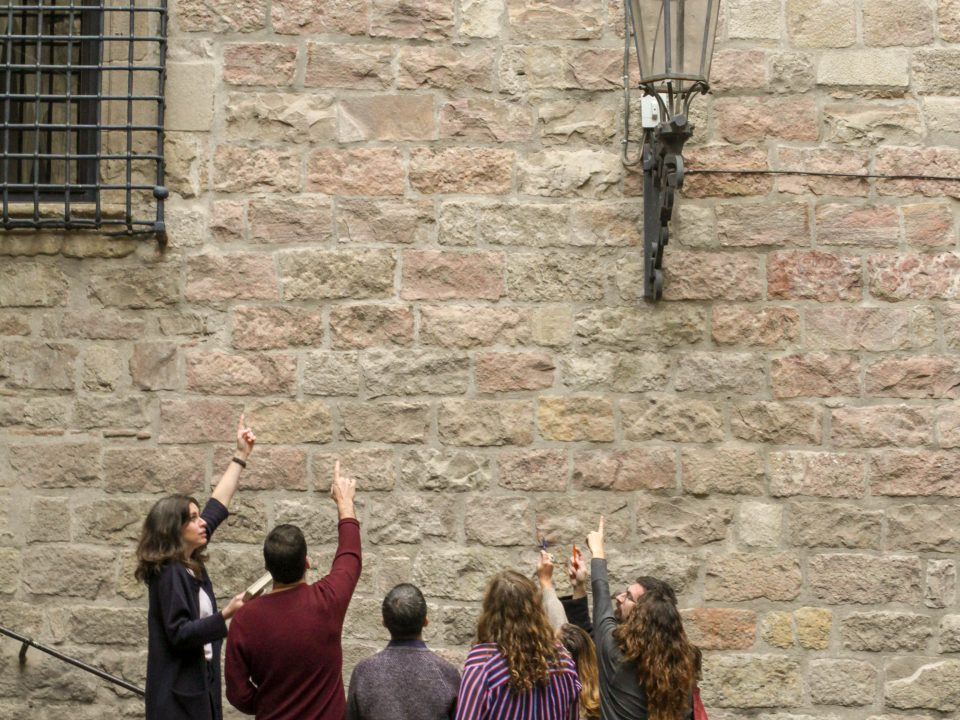The Synagoga Mayor de Barcelona was an ancient synagogue in the center of the city of Barcelona, Spain. Shlomo ben Adret was the officiating rabbi of this synagogue for about 50 years. After many years of being used for other activities, the building at 5 Marlet Street was inaugurated as a synagogue and museum in 2002, thanks to the efforts of the Catalan historian Jaume Riera i Sans in locating the building based on documents such as the route of a tax collector and the specifications in the Talmud on how synagogues should be built. However, the synagogue was actually located at number 9 Salomó ben Adret Street, the adjacent house, and not the one currently promoted as the former synagogue. Currently, the building is not used for daily prayers, but is used for community festivities.


